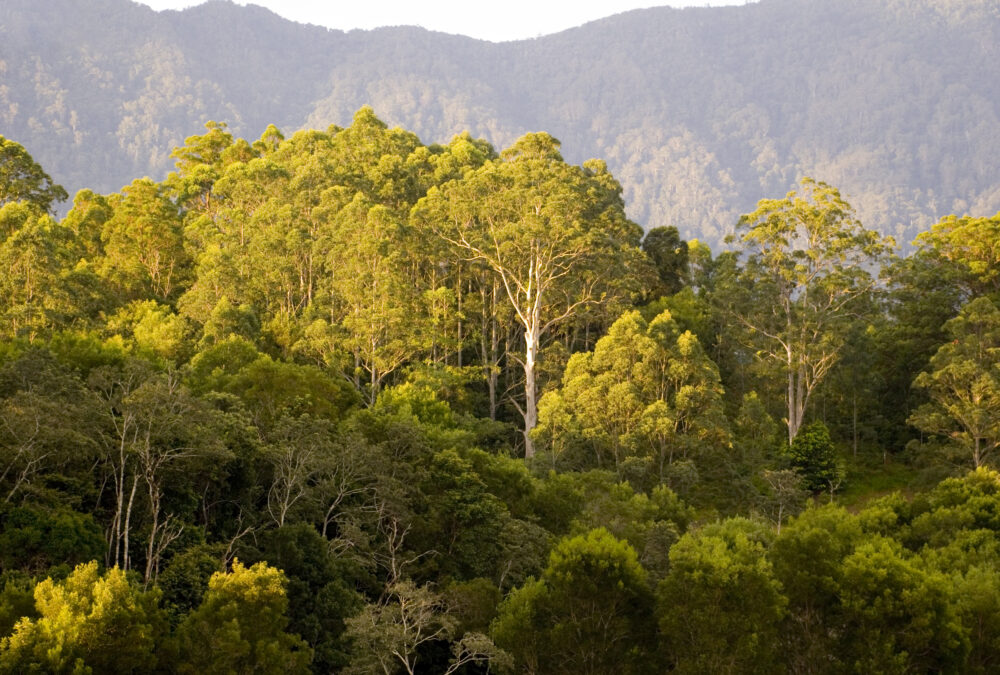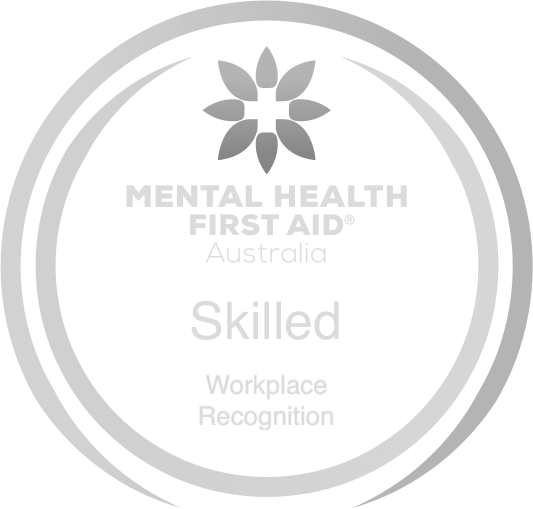By Melanie Montalban, Managing Lawyer – ACT and Claudia Hodge, EDO volunteer and Youth-Chair of the Environment and Human Rights Subcommittee, Australian Lawyers for Human Rights *
In a landmark decision on 8 October 2021, the UN Human Rights Council (HRC) recognised the human right to a safe, clean, healthy and sustainable environment by adopting Resolution 48/13 (Resolution). [1]
The Resolution recognises that a healthy environment is fundamental to the enjoyment of all human rights, and vice versa. The Resolution also encourages States to adopt their own domestic policies for the enjoyment of the right.[2] The UN High Commissioner for Human Rights has called on States to take “bold actions” to give “prompt and real effect” to the right following its recognition by the HRC.[3]
Human rights are inadequately and inconsistently protected in Australia. For example, Australia does not have a national charter of rights, and only 3 out of 8 Australian states and territories have enacted human rights legislation.[4] It is past time that Australian governments enshrine the human right in our domestic legislation, bringing Australia in line with the overwhelming majority of UN Member States (155 out of 193) that already recognise the right to a healthy environment.[5]
What is the right to a healthy environment?
The right to a healthy environment is comprised of substantive rights,[6] such as the rights to life, health, food, water, housing and culture, and procedural rights, such as the rights to information, participation in decision-making and access to justice. In addition, it prohibits discrimination and protects the rights of the most vulnerable to environmental harm, such as Indigenous peoples and local communities, women, children and other marginalised groups. The latter is particularly important for environmental justice, which recognises the disproportionate impact of environmental degradation on vulnerable groups who are often the least responsible for such harm.
What are the benefits of recognising the right to a healthy environment?
Over 100 countries have formally recognised the right to a healthy environment in their domestic legislation. Those countries have since witnessed a number of positive developments in law reform and in better enforcement of environmental laws, regulations and policies.[7] However, the real proof that there are tangible benefits of recognising the right to a healthy environment is that formal recognition of the right has in fact resulted in healthier people and ecosystems. Evidence shows that recognition of the right to a healthy environment has resulted in millions of people, including vulnerable populations, breathing cleaner air, gaining access to safe drinking water, and reducing their exposure to toxic substances, amongst other positive outcomes both for human health and the environment.[8]
In Australia, it is clear that everyday Australians are bearing the brunt of the impacts of climate change and environmental degradation on their health. Many people still lack access to clean water and effective sanitation, including people living in remote communities in Western Australia,[9] Queensland,[10] and the Northern Territory.[11] Air pollution continues to be a widespread issue in Australia, with 90% of the burden of air pollution falling on low to middle income households.[12] During the devastating 2019/20 bushfire season, Canberra was significantly impacted by air pollution from bushfire smoke. It recorded the worst air quality out of any city in the world,[13] and spent more than one third of that summer living with hazardous air quality.[14] A total of 3,094 homes were lost across NSW, Victoria, Queensland, ACT, Western Australia and South Australia, and 33 people died.[15]
Formal recognition of the right to a healthy environment will allow individuals in Australia to rely on that right, and will empower Australian governments to uphold the right in environmental laws, policies and decision-making. In Australia, enshrining the right in domestic legislation is a critical step for Australians to start seeing real and positive outcomes both in our environment and in human health and quality of life.
What is the legal status of the right to a healthy environment in Australia?
The right to a healthy environment is not enshrined in any of Australia’s state, territory or federal laws.[16] However, this represents a unique opportunity for Australian governments to take bold action and give effect to the international recognition of the right to a healthy environment. In particular, jurisdictions with existing human rights legislation – the ACT, Victoria, and Queensland – have an opportunity to enshrine the right and better protect the health and wellbeing of their residents and their unique environments.
Latest Healthy Communities Udates

Costs order enables Doctors for the Environment to run case on Scarborough Gas Project approval
Crisafulli government reneges on pre-election funding pledge by axing environmental legal aid
Community shock at ‘forever chemicals’ in blood tests
Join the EDO network today to help give the environment the defence it deserves.
Take Action[1] United National Human Rights Council (HRC), The Human Right to a Safe, Clean, Healthy and Sustainable Environment, GA Res 48/13, UN Doc A/HRC/48/L.23/Rev.1 (8 October 2021). The HRC also adopted Resolution 48/14, appointing a Special Rapporteur on the promotion and protection of human rights in the context of climate change.
[2] HRC, The Human Right to a Safe, Clean, Healthy and Sustainable Environment, GA Res 48/13, UN Doc A/HRC/48/L.23/Rev.1 (8 October 2021) cl. 3(c).
[3] Office of the High Commissioner for Human Rights, ‘Bachelet Hails Landmark Recognition That Having a Healthy Environment is a Human Right’ (Press Release, 8 October 2021). https://www.ohchr.org/EN/NewsEvents/Pages/DisplayNews.aspx?NewsID=27635&LangID=E
[4] The ACT has enacted the Human Rights Act 2004 (ACT), Victoria has enacted the Charter of Human Rights and Responsibilities Act 2006 (Vic), and Queensland has enacted the Human Rights Act 2019 (Qld).
[5] United National Human Rights Council, The Human Right to a Safe, Clean, Healthy and Sustainable Environment, GA Res 48/13, UN Doc A/HRC/48/L.23/Rev.1 (8 October 2021) Preamble page 2.
[6] In addition to the substantive right to a healthy environment itself.
[7] John Knox and David R Boyd, Report of the Special Rapporteur on the Issue of Human Rights Obligations Relating to the Enjoyment of a Safe, Clean, Healthy and Sustainable Environment, UN Doc A/73/188 (19 July 2018) [40]-[43].
[8] Ibid [45]-[46].
[9] Sarah Smit, ‘Calls for Clean Water Continue’ (2021) National Indigenous Times https://nit.com.au/calls-for-clean-water-continue/
[10] Jon Daley, ‘Western Downs Towns Like Dulacca Have No Clean Water and Residents Are Fed Up’ (2021) ABC News https://www.abc.net.au/news/2021-09-28/drought-affected-dulucca-has-no-clean-water-decade-long-battle/100495204.
[11] Royce Kurmelovs, ‘High Levels of Uranium in Drinking Water of NT Community’ (2020) NITV News
<https://www.sbs.com.au/nitv/article/2020/07/31/high-levels-uranium-drinking-water-nt-community>.
[12] Australian Conservation Foundation, The Dirty Truth: Australia’s Most Polluted Postcodes (Report, 2018).
[13] Amy Remeikis, ‘Canberra Chokes On World’s Worst Air Quality As City All But Shut Down’ (2020) The Guardian https://www.theguardian.com/australia-news/2020/jan/03/canberra-chokes-on-worlds-worst-air-quality-as-city-all-but-shut-down
[14] Andrew Brown, ‘Canberra Air Quality: More Than a Third Of All Summer Days Had Hazardous Air Quality’ (2020) Canberra Times. https://www.canberratimes.com.au/story/6665438/just-how-bad-was-the-air-quality-in-canberra-this-summer/
[15] Lisa Richards, Nigel Brew and Lizzie Smith, ‘Quick Guide: 2019-20 Australian Bushfires – Frequently Asked Questions: A Quick Guide’ (Research Paper Series, Department of Parliamentary Services, 12 March 2020) https://parlinfo.aph.gov.au/parlInfo/download/library/prspub/7234762/upload_binary/7234762.pdf
[16] UN Special Rapporteur on Human Rights and the Environment and UN Environment Programme, Right to a Healthy Environment: Good Practices (Report, 29 May 2020) 11.
* The views and opinions expressed in this article are the author’s and does not necessarily represent the views and opinions of Australian Lawyers for Human Rights.





